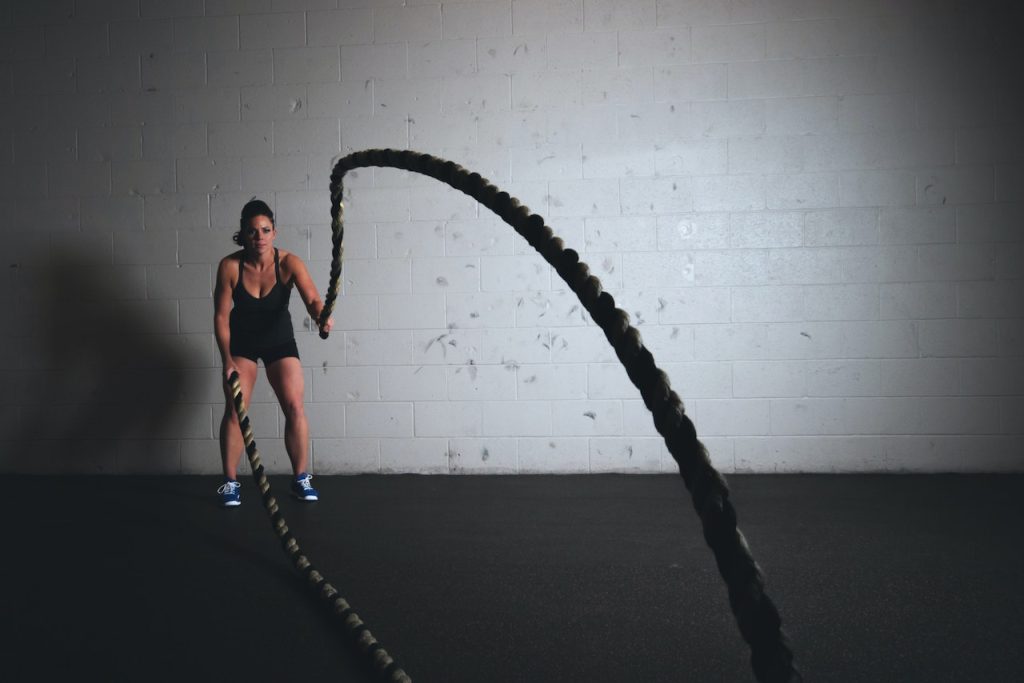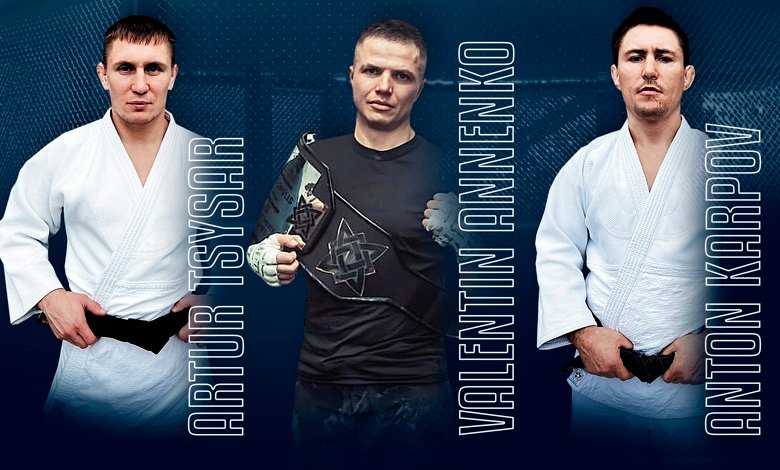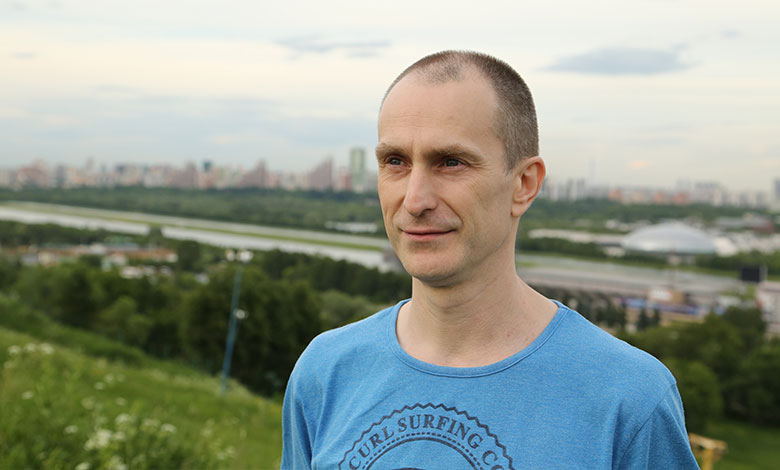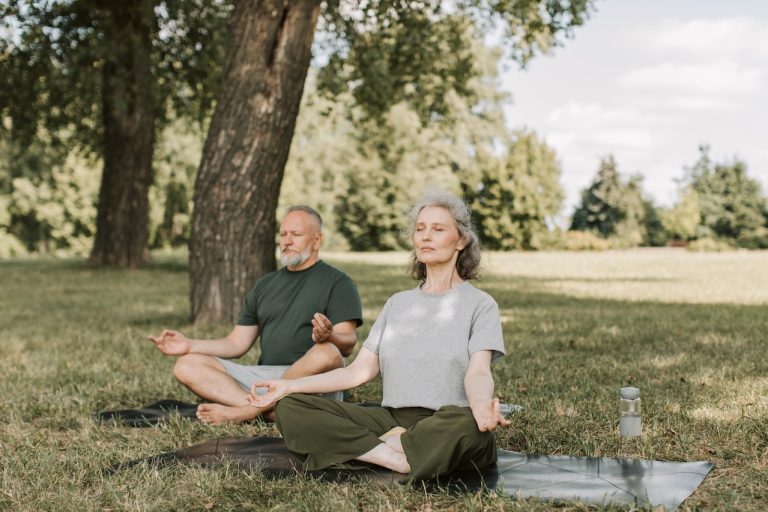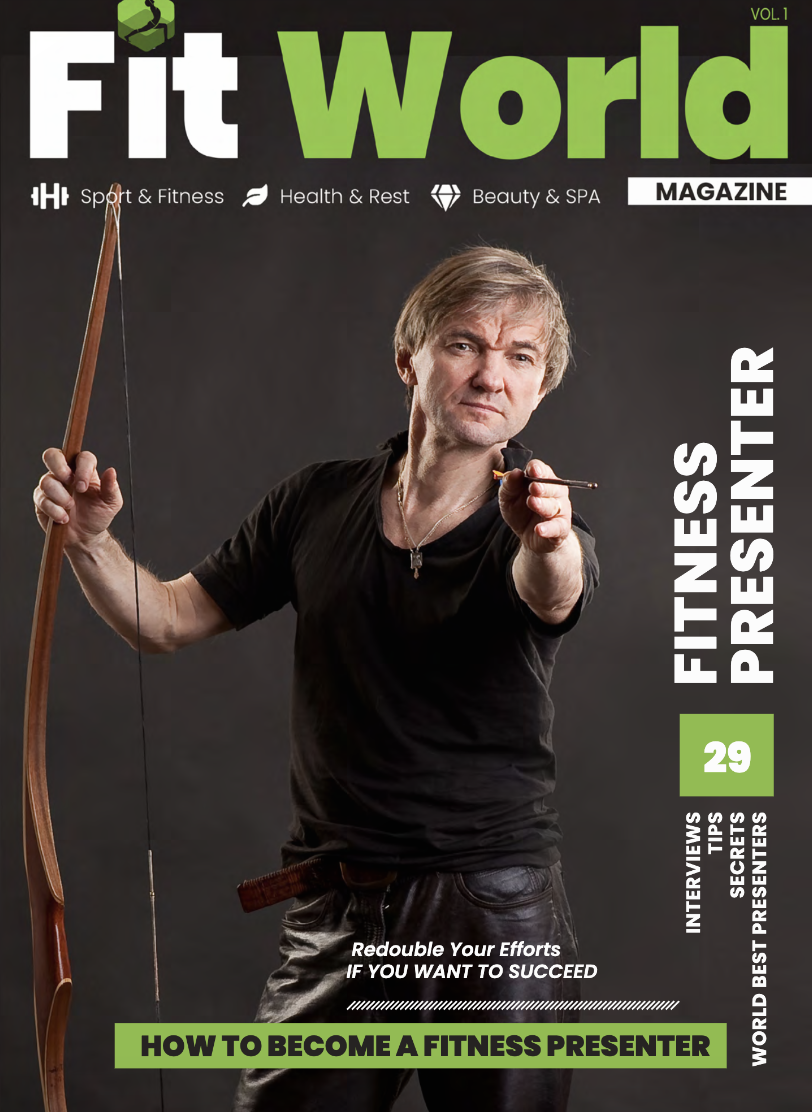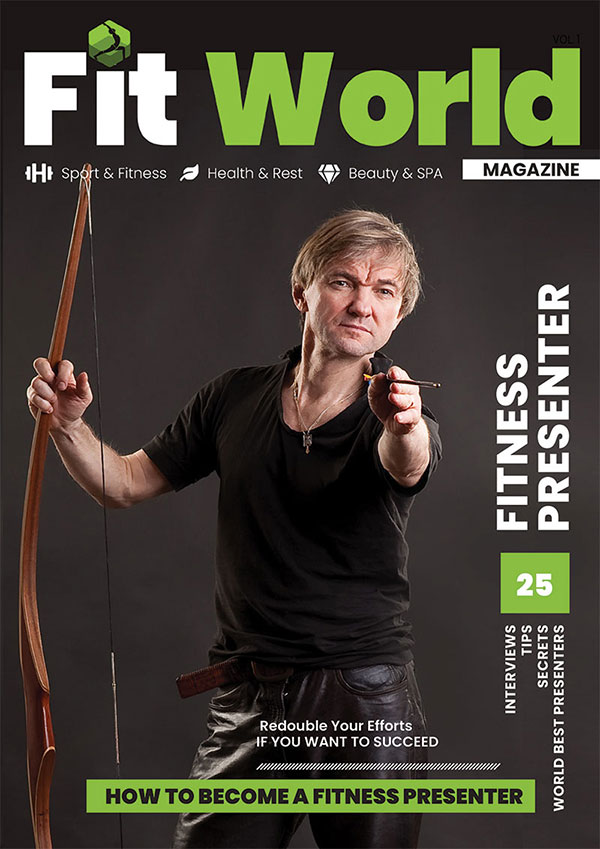Every person who decides to do fitness has a goal. Some emphasize strength training to correct their figures. Others try to increase the physical endurance of their bodies. But regardless of the goals, it is necessary to know the basic rules of a safe workout. Beginners should build their training process on certain principles. The knowledge of which will help them achieve their goals.
Principles for a good workout
Exercise technique
If exercise technique is lacking, training will not be effective. The training plan always starts with light loads. Exercise weights and strength are not increased if one cannot perform all the required sets from the previous stage. The number of repetitions is then gradually increased.
Tension control
Trainers should always think about the strain on their muscles. Beginners mechanically repeat the exercise technique and often do not think about whether they are controlling the tension in the correct muscle. A connection must be made between the brain and the muscles being trained. If, for example, back exercises are done, the weight should be pulled with those muscles and not with the arms.
Developing intuition
The best advisor is yourself. Given the same baseline data, two people can respond completely differently to training and nutrition. That’s why every exerciser should base their workouts not only on rules but also on their own feelings. This principle makes it possible to avoid overtraining and to discover the methods and nutrition that work for you. But listening to the body doesn’t happen overnight. It’s a long road of trial and error.
Improving general physical condition
The body needs to be prepared for exercise. The untrained person goes to the gym with a certain imbalance in body shape and an unprepared musculoskeletal system. Many people make the mistake of immediately rushing to train individual muscle groups. But sports training is a harmonious development of the body. And for a serious workout, you also need serious preparation. That is why it is important to train the whole body during the initial phase of training (2–6 weeks).
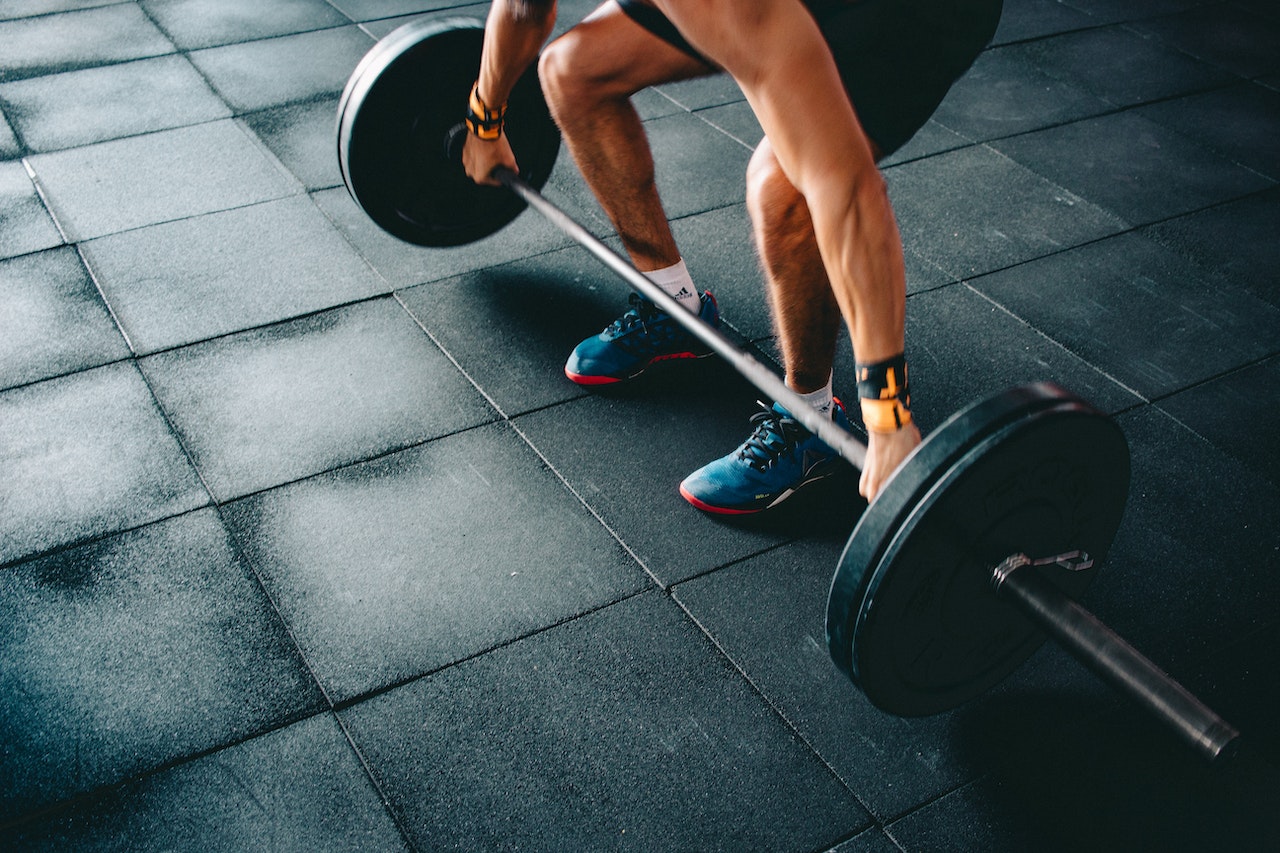
Making a plan
Training is the systematic process of working towards a goal. The plan for its implementation is divided into several stages. The largest of these is the macrocycle. It is divided into shorter periods called “mesocycles.” Mesocycles are aimed at achieving a small goal on the way to the larger overall one. The sequence and objectives of the mesocycles depend entirely on your goals. Each mesocycle in turn has sub-cycles, which are called micro-cycles. This is a set of training days within a mesocycle.
Supercompensation
If training is not built correctly, the necessary adaptive changes do not occur. Then progress stops.
Under the influence of strength training, the body undergoes serious changes. It is stressed in a way it has never known before. But the body is always seeking stability (homeostasis). When the organism receives a signal that external circumstances have changed, it quickly adapts to them. So next time it will cope with any challenges with a minimum effort.
The process in which the body exceeds its baseline capabilities as a result of recovery from training is called “supercompensation.” This is how progress is made. You are rested and return to training at the peak of your recovery. You’re stronger, have more endurance, and are able to handle the workload more easily than before. Your body has taken care of that. It’s important to make the workout harder over time. This way, the body gets a signal that the situation is getting even more difficult and progress continues.

Nutrition
If all of the above principles are followed and at the same time exercisers are eating indiscriminately, it all becomes meaningless. Whether the goal is to gain muscle or burn fat, nutrition plays an important role.
Training hard but taking in too many calories? You won’t lose weight! Training hard but not eating enough? You won’t increase your body mass!
If there is an imbalance somewhere between protein, fat, and carbs, the body will work its own way, not the way you want it to. That’s why you need to pay attention to proper eating habits from day one of exercise.
Warm up and stretch
This is something that is often overlooked by beginners. But these are habits that need to be built right from the first visit to the gym. Warming up helps the body prepare for the workout and minimizes the risk of injury.
A quality approach to training is not just about going to the gym. It’s a whole system of principles. All the nuances can affect the end result. Be careful, consistent and patient.


